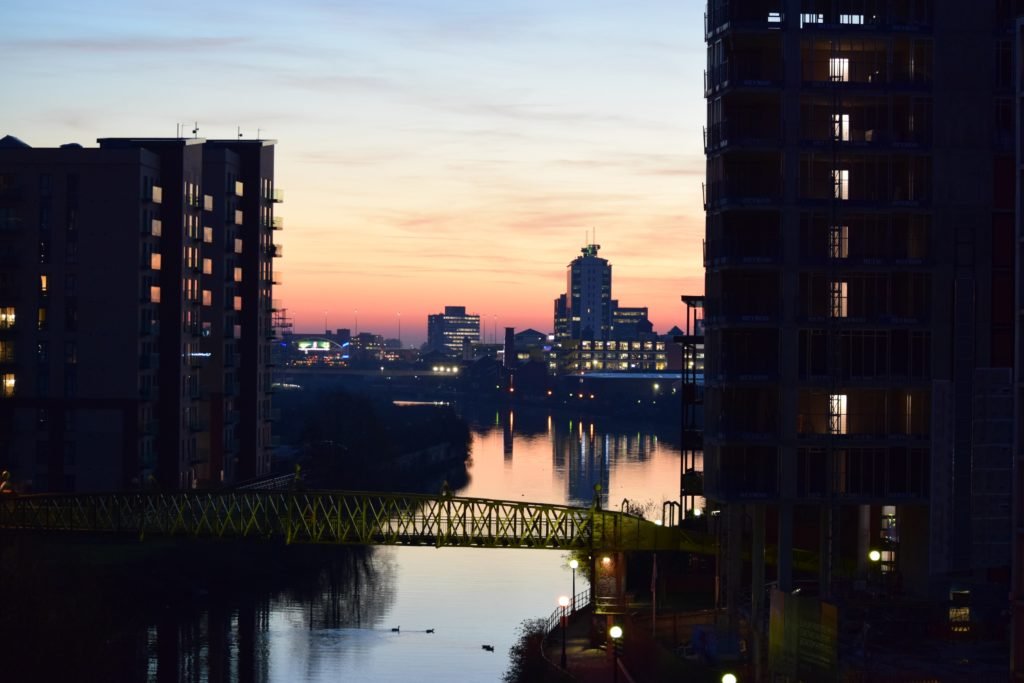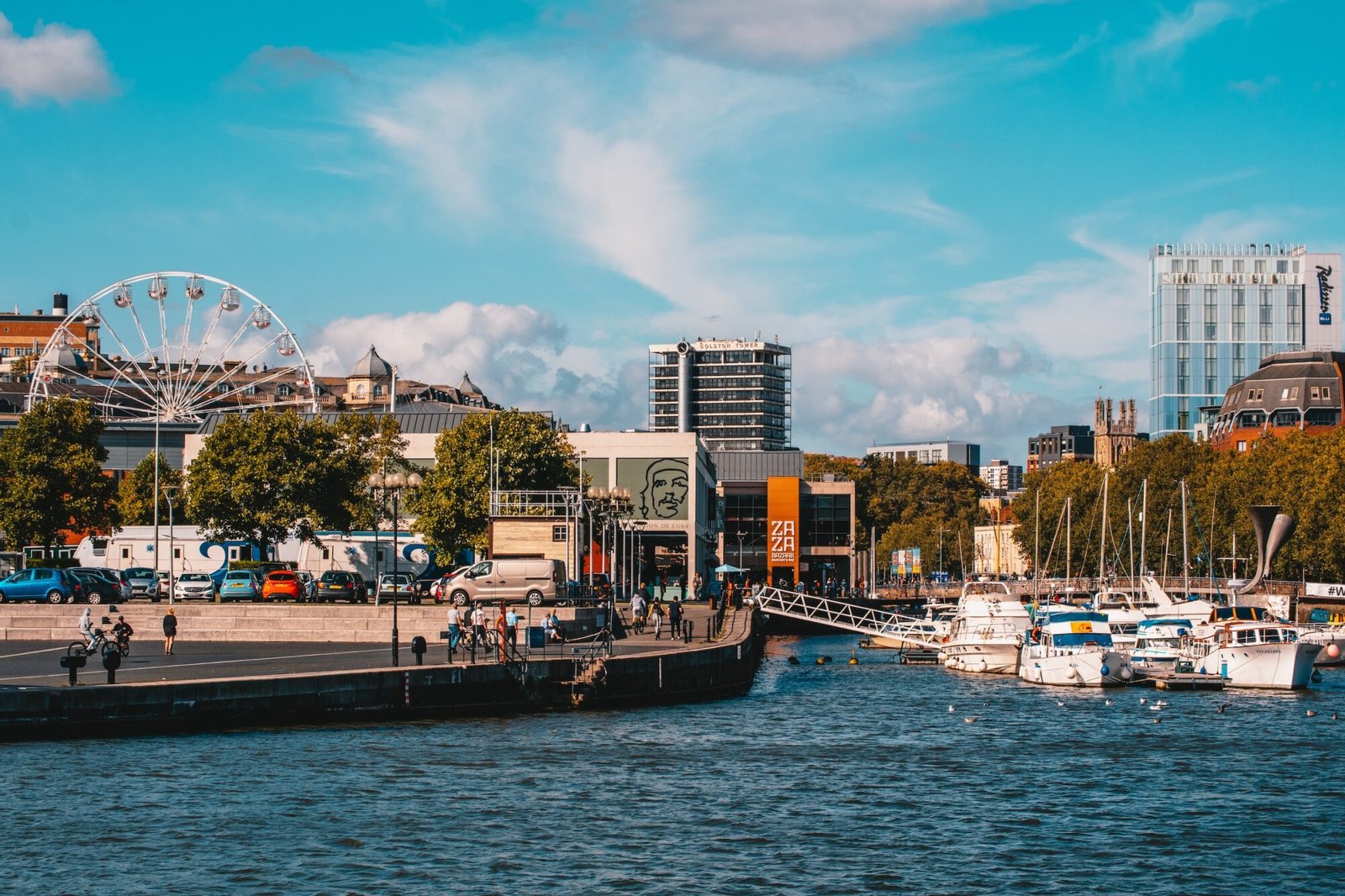
Liverpool has long been an entry point to the United Kingdom for people from Ireland, North America, Europe, and other parts of the world. The city’s shipping past can be seen on its streets and the sound of seagulls can be heard reminding travellers of its rich connection to the sea.
Like its inland neighbour Manchester, Liverpool has made a tremendous impact on the world through a number of channels. Sports and entertainment are the two most significant areas Liverpool has impacted and both are key reasons why tourists visit the city.
It is hard not to compare Liverpool and Manchester. The two cities are separated by 34 miles but feel much different. Liverpool has a tourist vibe that Manchester doesn’t possess – along with a grittiness that major European city holiday destinations such as Barcelona, Marseille, and Hamburg all have.
In recent years, Liverpool has seen new construction modernise the city, and more is expected in the coming decade. Let’s have a look at the best attractions in Liverpool.
Contents
Cavern Club
If you are a fan of The Beatles, then one of the most iconic tourist destinations is the Cavern Club. The nightclub was the site of The Beatles’ first ever concert and played host to them on a number of occasions.
The Cavern Club has been rebuilt since the band debuted there in 1961 but still has the same vibe it possessed all those years ago. Upon entering the front door, the Cavern Club’s stairs wide down below the street taking fans into the basement level club. Musicians still play at the Cavern Club and there is a good chance you will see a Beatles tribute band banging out classic songs from the Liverpudlian band.
The Beatles Story
For an even more interactive Beatles experience, The Beatles Story located at the Albert Dock is a treasure trove of band history and memorabilia. While the Cavern Club was merely the site of many Beatles gigs, The Beatles Story is the band’s official museum. It tells the story of Paul, John, George, and Ringo from the beginning until the end of the band.
The museum has the largest permanent exhibitions on the band in the world. There are replicas of many of the famous venues and buildings that played a significant role in the band’s career. The Beatles Story is a walk-through history and one that any fan will enjoy.
Albert Dock
Albert Dock is home to some of Liverpool’s most visited tourist attractions. The area was revitalised after the 1980s and is part of Liverpool’s UNESCO world heritage Maritime Mercantile City status. Albert Dock laid unused and abandoned in the 1970s and 1980s, but since being re-developed, it is a source of pride to Liverpool’s population.
A visit to the dock enables tourists the chance to explore a variety of museums and restaurants. A branch of the world-famous Tate Gallery is located at the Albert Dock. Art enthusiasts can explore the gallery to see works of art from legendary painters.
The Merseyside Maritime Museum is also located at the dock and showcases exhibits on the many ships that travelled between Great Britain and North America. Due to Liverpool’s status as a gateway to the world, the museum offers up the city’s rich history of sailing in educational exhibitions.
Crosby Blitz Beach
During World War II, Liverpool was heavily bombed by the German Luftwaffe leaving it in ruins. Beginning in 1940 up until the end of the war, the Germans hammered Liverpool regularly, leaving rumble-strewn streets across the city.
After the bombings, the city needed to clear its streets and make them livable once more. A decision was made by city officials to haul much of the rumble away to Crosby Beach where it was dumped. Now, five miles outside of Liverpool, tourists can visit Blitz Beach and discover remnants of the past.
Pieces of brick, stone, and life pre-WWII are now scattered from Crosby Beach all the way up to Hightown – a small nearby village. The amount of rubble found at Blitz Beach is just a reminder of how devasting war is.
Joseph Williamson Tunnels
In the early 1800s, Liverpool hit a recession due to a fading economy and soldiers returning home from fighting in the Napoleonic Wars. The depression the city experienced hit local entrepreneur Joseph Williamson hard. Williamson had made a fortune in trading, shipping, and tobacco, and was a financial powerhouse in Liverpool.
Between 1817 and 1840, Williamson oversaw a project in which tunnels were constructed on his large estate. One theory behind the construction of the tunnels is Williamson was a member of a group believing the “end of days” was coming and the underground tunnels were for his family and friends to live in.
Although that theory is popular, another is he paid workers to construct tunnels simply to employ them during the depression. After Williamson’s death, the tunnels were forgotten about. However, in recent years, they have been rediscovered and excavated. Some are in very good condition and tourists can take tours of them today.
Anfield Stadium
Along with The Beatles, Liverpool Football Club are the biggest export the city has produced. The Reds are loved all over the world and each year, millions of fans attend games throughout a football season. When matches are not being played at the club’s iconic Anfield Stadium, the venue hosts supporters seeking to learn more about the famous players, coaches, and teams of yesteryear.
Anfield’s museum details the glorious past of the club allowing fans to walk amongst the famous trophies and shirts inside. The stadium also houses a bar and restaurant that fans can grab lunch or dinner at. There is also the Anfield tour which takes fans around the famous ground and lets them explore the changing rooms, sit in the dugout, or walk down the players’ tunnel. The Reds are the image of the city and sports fans shouldn’t miss the chance to explore Anfield.
Liverpool is a city that is evolving although it has kept its past well intact. With new construction altering the city’s skyline and a variety of great historical venues to explore, Liverpool is one of the UK’s great destinations for a holiday or city break.








